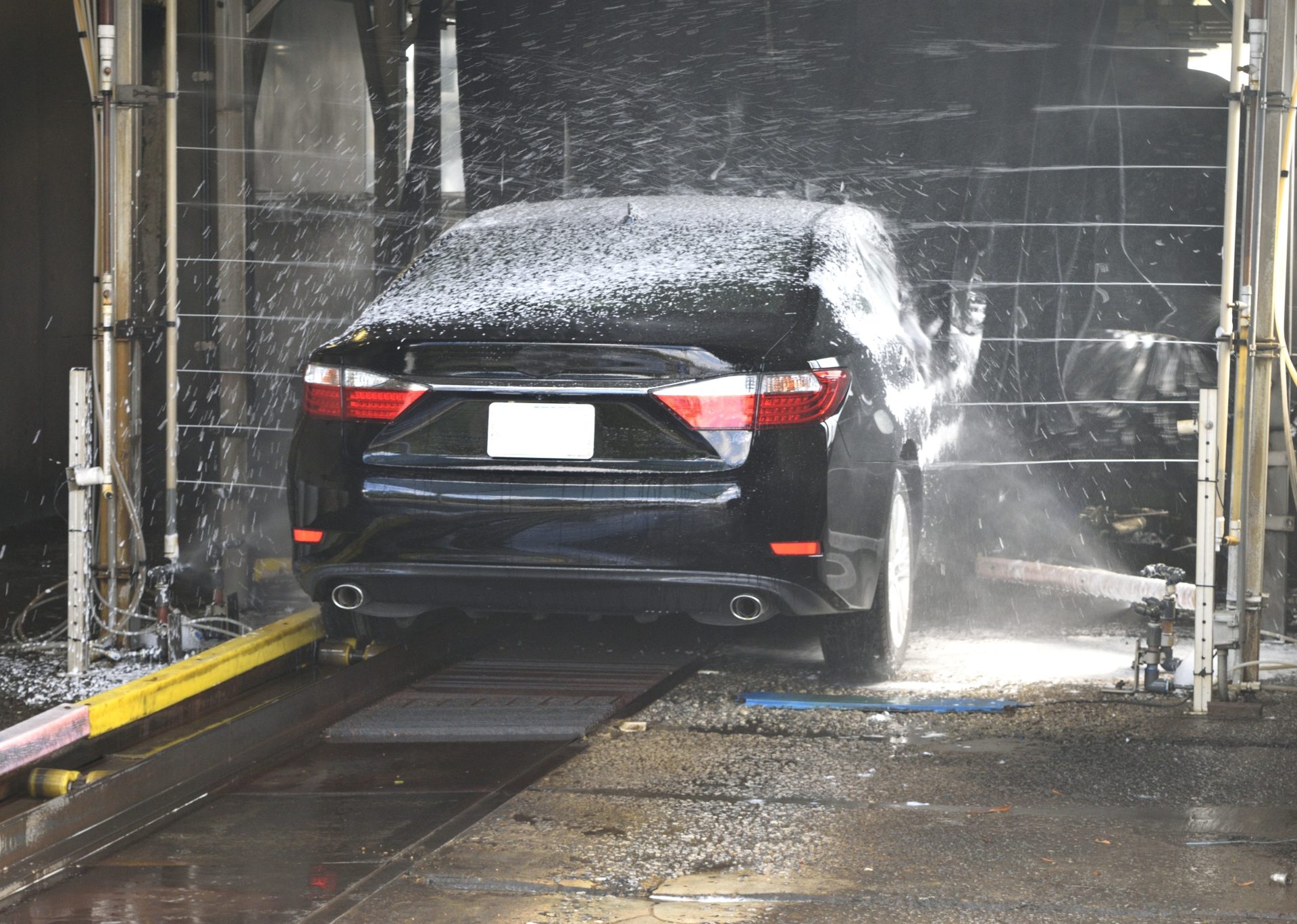Drive-through car washes are a convenient option if you are late or don’t have the patience to hand-wash your vehicle. They are easy to operate, faster than hand washing, and cost you only a few pounds. However, cash washes are intimidating for first-timers. This article should guide you to use a car wash.
How do you wash your car at a car wash?
Regular car servicing is necessary to keep it functioning at peak performance. However, in addition to changing your oil and filters, you should also clean your automobile to help prevent corrosion and maintain its value. It takes roughly 10 minutes to clean your car at the car wash. You can follow the general guide below:
- Make payment for the service
Car washes provide various options, including basic wash, waxing, and tire cleaning. You must proceed to the payment booth, select a suitable package, and make the payment. Places with no automatic payment systems will require making payments to the cashier, so keep this in mind.
- Enter the car wash gate
Look for indicators and signs directing you to halt your vehicle as you approach the car wash entrance. Make sure your wipers are turned off to avoid wiper damage during washing.
- Shut your windows
Automatic car washes can be noisy as water pours over your vehicle. It is vital to close your windows to prevent soapy water from getting in, particularly if you have kids inside. Some self-service vehicle washes will direct you to switch off your motor. Consider asking the manager or attendant if it is necessary and what you should do.
- Enter the car wash
Once inside, maneuver your vehicle, so your front tires are parallel to the truck system. The car wash system may use lights and arrow indications to assist you in moving your automobile to the right spot. After situating your vehicle, put it in neutral if it has a manual gearbox or park if it has an automatic transmission. Make sure you let go of the brake.
- Depart the car wash
The attendant will direct you to drive away after your car has been thoroughly cleaned. Restart your vehicle and proceed with caution if you have switched off your engine. This is especially important if the car wash is near a fuel station or garage. Switching off your vehicle is usually done to protect personnel, pedestrians, and other drivers. The staff might dry your car using a towel if you ordered a full-service car wash. You can alternatively allow the car to dry while driving.
Do you turn your engine off in a car wash?
Some automated car washes may request that you switch off your engine. If that isn’t the case, it would be best if you followed the guidelines inside your auto’s manual. For instance, car washes may advise you to switch off your engine and keep the key in the ignition. However, the average automatic vehicle wash utilizes around 45 gallons of water per minute. So switching off your engine may save a significant amount of water. Secondly, it may benefit your engine since keeping it running while spraying with water and soap could lead to moisture buildup and corrosion.
Do I put my car in neutral in a car wash?
If you routinely visit the car wash, you know that almost all drive-through car washers need you to be driving in neutral gear. This allows it to glide through the washing cycles smoothly with other cars, preventing crashes.
How do you use a car wash drive through?
The functions of automated car washes differ. Most of them require drivers to move forward until the front tires of their vehicle are aligned with a track system that will guide their vehicle through the wash. The arrows and lights will signal when you correctly position your car onto this track. As mentioned earlier, remember to put your car in neutral if it has a manual transmission or park if it has an automatic gearbox.
If a pressure washer, buckets of bubbles, and a brush aren’t your idea of a fun weekend, you can choose to clean your car at the car wash. Car washers are readily available and quite easy to use. However, after washing your car, it is essential to thoroughly check it inside and out for any marks or scratches that previously weren’t there. If you find something new, report it to the manager or whoever is in charge for a solution.

